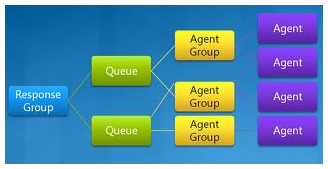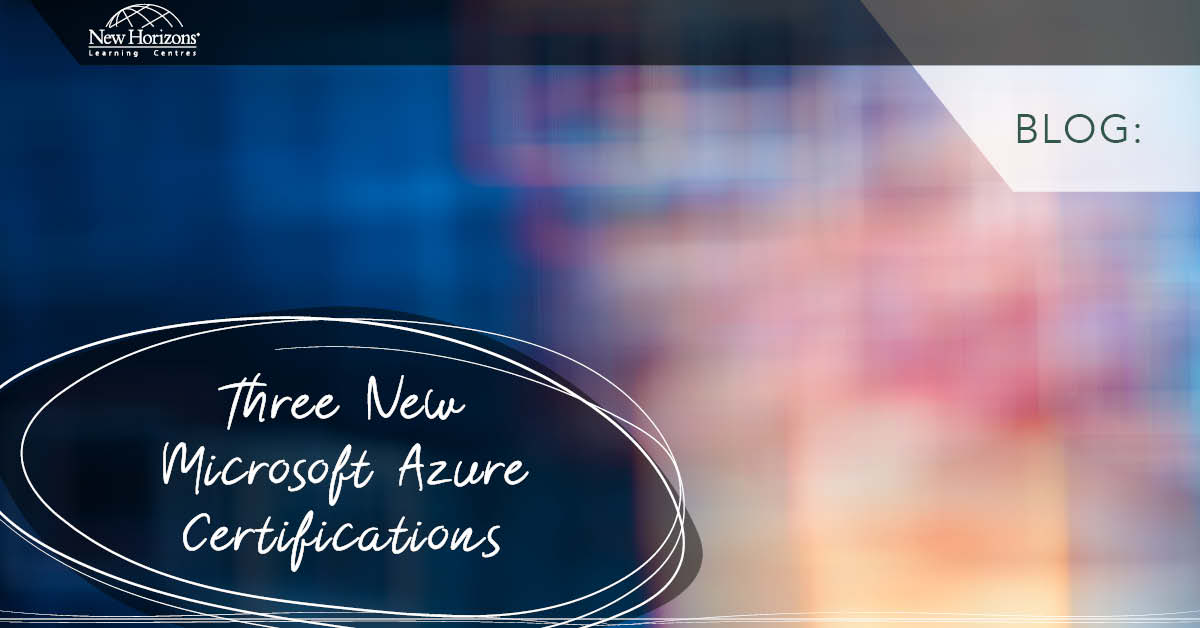
May 07, 2014
Response Group is an application in Lync Server 2013 that routes and queues incoming calls to a group of agents. Instead of assigning numbers to individuals, the response group application assigns a number to a hunt group. You can also create interactive workflows that can play a series of options for the caller to choose. Response groups consist of various building blocks such as agents, groups and routing methods queues and workflows.- Agents are the Lync users designated to answer incoming calls.
- Groups consist of a list of agents and they are associated with response group workflows. For instance, Operators can be a group of a series of agents who can forward the incoming call to specific departments based on the menu selection.
- Queues are the next building block of response groups. Queues hold callers until an agent answers the call. When the Response Group application searches for an available agent, it searches agent groups in the order listed.

- Workflows are the last building block for the response group. A workflow defines the behaviour of a call from the time that the phone rings to the time that someone answers the call. A workflow also defines the welcome message, hold music and interactive voice response or IVR. Workflows are configured by using response group configuration tool.
Nine steps to set up a Response Group call centre in Lync Server 2013
Example: A typical response group call flow. San calls New Horizons. The response group workflow decides which group will service the incoming call. One or more agents are alerted on the basis of the availability and routing configuration. An agent then connects San with the department that he wants to interact with.- Create groups and queues (helpdesk, customer service etc.).
- Set Queue timeout.
- Set participation policy (informal/formal).
- Set routing type e.g. round robin, serial, longest idle.
- Adds agents to the group.
- Choose between Simple Routing and Advanced Routing (IVR) Workflow Templates.
- Define TTS-Text-To-Speech or audio file voice prompts.
- Assign the workflow to a queue.
- Delegate Response Group management to IT support (this is optional).
How do your Excel skills stack up?
Test NowNext up:
- Becoming a great workplace trainer starts with three words (Part 1)
- The Exchange Admin Center (EAC) of Exchange 2013 – It’s new!
- How to create fillable forms in Microsoft Word
- EAs and PAs: Asking your boss the right questions
- VBA Excel: Finding the last row of a worksheet (Part 1)
- Implementing Big Data Solutions in SQL Server 2014
- Use slicers to filter table data in Microsoft Excel
- Hyper-V – Enhanced
- On being a Professional Development trainer
- Help! I typed in the wrong dimensions for my InDesign document!
Previously
- Calculate the Resources Standard Rate in Microsoft Project
- An introduction to cloud computing
- Turn the heat up on your text in Photoshop
- How to access Office Applications from within VBA
- Dependency Injection in C#
- Customise the Quick Access Toolbar in Microsoft Office
- What’s new in Microsoft Exchange Server 2013 SP1
- ANZAC Day – Lest We Forget
- How to link two lists in Microsoft SharePoint
- A new manager’s first conversations









